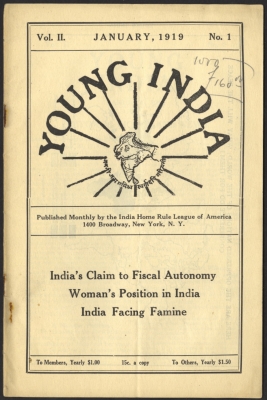Gandhiji published two journals, ‘Young India’ and ‘Navjivan’ to air his views and to educate the public about Satyagraha. Educating his countrymen was his priority when he started these newspapers. Young India was one of the prominent newspapers introduced by Gandhiji. He used Young India to propagate his unique propaganda regarding the use of non violence in organizing movements. He urged the readers to consider, organize and plan for India’s eventual struggle for Independence from the British imperialism.
He began publishing another weekly newspaper called Harijan in 1933 in English. The word ‘Harijan’ means ‘the people of God’. The newspaper lost its popularity in 1948. During this time, Gandhiji also published Harijan Bandu in Gujarati and Harjan Sevak in Hindi. ‘Young India’ and ‘Harijan’ became the influential voices of his own views on all subjects. The language in which he wrote in newspapers was passionate and powerful, and he wrote about burning issues of the time.








